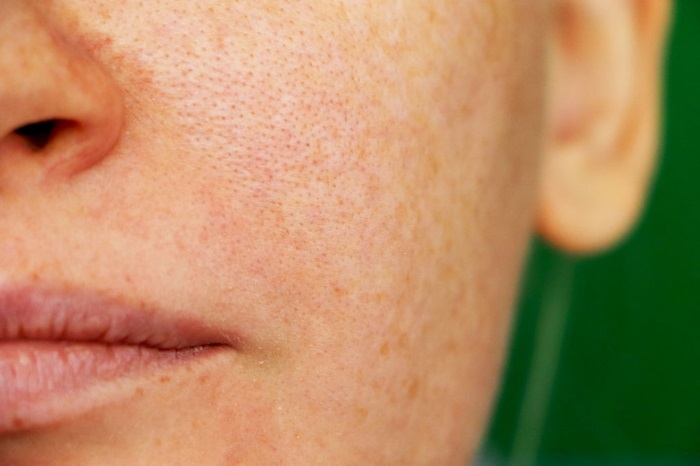

It is a common skin problem. It causes brown to gray-brown patches, usually on the face. Most people get it on their cheeks, bridge of their nose, forehead, chin, and above their upper lip. It also can appear on other parts of the body that are exposed to the sun, such as the forearms and neck.
Women are far more likely than men to get Pigmentation. It is very common during pregnancy and sometimes called "the mask of pregnancy." Hormones seem to trigger Pigmentation.
Though Melasma is not a life-threatening problem as it mainly affects the face, pigmented patches lead to unpleasant look which may affect the personality and confidence.
There are two stages of Melasma, one that is affecting superficial, epidermal layer only (outer layer) of skin, and the other which may penetrate into the dermis (deeper layer) of skin. Sometimes there is a combination of both which is called as mixed melasma.
Once Melasma reaches the deeper layer of skin it may result in permanent discoloration which is difficult to treat. Therefore, timely treatment is important.
As the saying goes “Prevention is better than cure" protecting skin from the sun is the most important precaution for which use of sunscreen is mandatory. The sunscreens available in the market are to be used cautiously as their use and effectiveness depend on the type of skin and SPF of the sunscreen.
Other options like topical creams including hydroquinone, superficial peels, and laser therapy are available which can be used in combination. Therefore prior assessment by Dermato-Cosmetologist is a must before using them.
Melasma can be permanently removed as long as there are no hormonal imbalances that will trigger a Melasma reoccurrence. Combined with adequate sun protection, such as protective clothing, sun screen with a high SPF, and limiting the time spent in direct sunlight, you can prevent the return or persistence of Melasma.
It is important to understand that Melasma treatment involves multiple combinations of therapies with the individualized approach, which requires experience on the part of Dermato-Cosmetologist. Dr Manoj Agarwala has rich experience by virtue of his training at prestigious CMC Vellore in the field.
